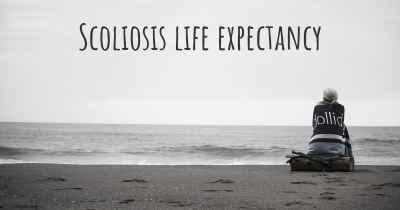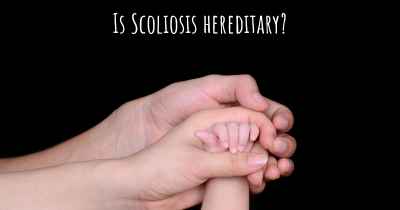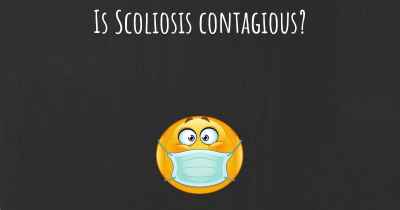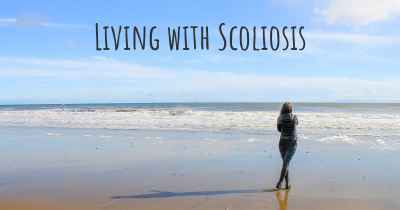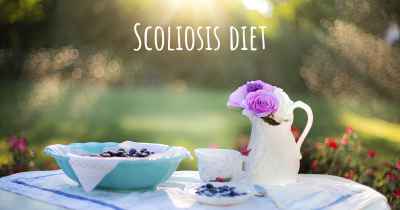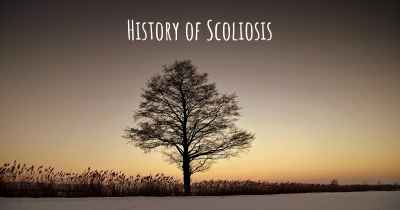Is there any natural treatment for Scoliosis?
Are there natural treatment(s) that may improve the quality of life of people with Scoliosis? Here you can see if there is any natural remedy and/or treatment that can help people with Scoliosis
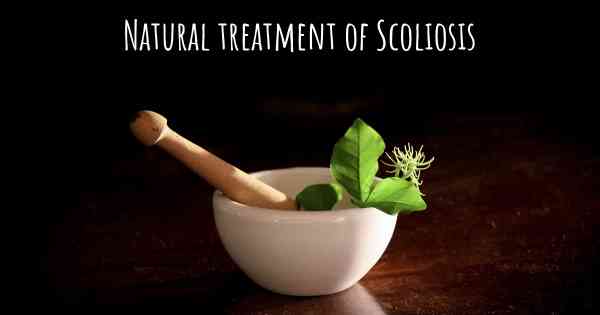
Is there any natural treatment for Scoliosis?
Scoliosis is a condition characterized by an abnormal curvature of the spine. While there is no known cure for scoliosis, there are various treatment options available to manage the symptoms and potentially slow down the progression of the condition. These treatment options range from conservative approaches to more invasive interventions.
Conservative Approaches:
Conservative treatments focus on non-surgical methods and can be beneficial for individuals with mild to moderate scoliosis. These approaches include:
1. Physical Therapy:
Physical therapy plays a crucial role in scoliosis management. Specially designed exercises and stretches can help improve posture, strengthen the muscles supporting the spine, and increase flexibility. Physical therapy can also alleviate pain and discomfort associated with scoliosis.
2. Chiropractic Care:
Chiropractic care involves manual adjustments and manipulations of the spine to improve alignment and reduce curvature. While research on the effectiveness of chiropractic care for scoliosis is limited, some individuals report relief from pain and improved mobility after chiropractic treatments.
3. Yoga and Pilates:
Yoga and Pilates can help improve posture, increase flexibility, and strengthen the core muscles. Certain poses and exercises specifically target the muscles surrounding the spine, potentially aiding in scoliosis management. However, it is important to consult with a qualified instructor who can tailor the practice to your specific needs.
4. Bracing:
Bracing is commonly recommended for adolescents with moderate scoliosis to prevent further progression of the curvature. Braces are typically worn for several hours each day and can help stabilize the spine during growth spurts. The type and duration of bracing will depend on the severity of the condition and the individual's age.
Invasive Interventions:
In more severe cases of scoliosis, where the curvature progresses rapidly or causes significant pain and functional limitations, invasive interventions may be considered. These interventions include:
1. Surgery:
Surgery is usually the last resort when other treatment options have failed or when scoliosis is severe and rapidly progressing. The most common surgical procedure for scoliosis is spinal fusion, where the vertebrae are fused together using bone grafts and metal rods to correct the curvature. Surgery aims to stabilize the spine, reduce the curvature, and prevent further progression.
Complementary and Alternative Therapies:
In addition to the above treatment options, some individuals with scoliosis explore complementary and alternative therapies. While these approaches may not directly treat scoliosis, they can help manage associated symptoms and improve overall well-being. Some of these therapies include:
1. Acupuncture:
Acupuncture involves the insertion of thin needles into specific points on the body to promote pain relief and relaxation. It may help alleviate discomfort associated with scoliosis, although more research is needed to establish its effectiveness.
2. Massage Therapy:
Massage therapy can help reduce muscle tension, improve circulation, and promote relaxation. It may provide temporary relief from pain and discomfort caused by scoliosis. However, it is important to consult with a licensed massage therapist experienced in working with scoliosis patients.
3. Herbal Supplements:
Some herbal supplements, such as turmeric, ginger, and boswellia, are believed to have anti-inflammatory properties and may help reduce pain and inflammation associated with scoliosis. However, it is crucial to consult with a healthcare professional before starting any herbal supplements to ensure they are safe and appropriate for your specific condition.
It is important to note that while these natural treatments and complementary therapies may provide relief and support, they should not replace medical advice or conventional treatment options. It is always recommended to consult with a healthcare professional or a specialist in scoliosis to determine the most suitable treatment plan for your individual needs.
